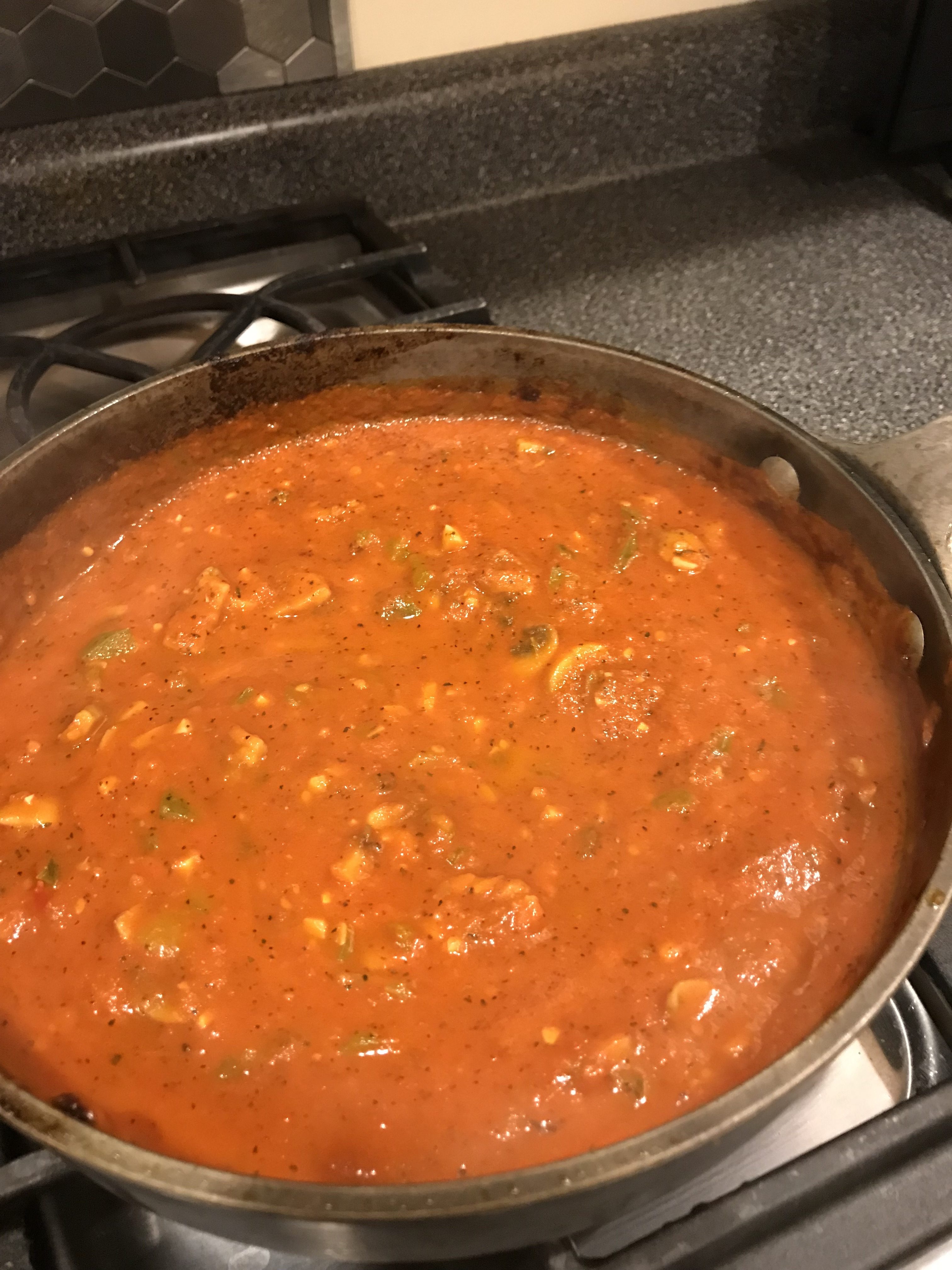Your cart is currently empty!
Tag: Tomato Sauce
-
How To Remove Seeds
Do you like seeds in your jam? I’ve only met one person who reported liking seeds in her jam. In fact she said “the more the better”. But most people seem to prefer seedless jam. The same is true for tomato sauce. No seeds. How do you remove all those tiny seeds? Blackberries, raspberries and…
-

Fresh Tomato Sauce
Forget about that thin, tasteless, bland tomato-colored sauce you buy in a can. In only a few steps you can make your own, either to store for future use or eat immediately. The current abundance of fresh, ripe tomatoes is the perfect time to create your own delicious and nutritious sauce. How many tomatoes do…
-

Make a Quick Nutritious Meal
Do you ever find yourself dragging in after work, tired, hungry and ready for a quick meal? Standing in front of the refrigerator, shuffling from one foot to the next, moving to the pantry and wishing for something to fly off the shelf ready to eat? The temptation to call for pizza delivery is strong.…
-
Making Tomato Sauce
Making food from scratch can take time. One of the main reasons busy people don’t make food from scratch is this time commitment. But, there is a way to fit home made food into a busy schedule. Here’s an example of how we did homemade tomato sauce in several stages to fit our schedule. Think…
